Results 11,961 to 11,970 of 12089
Thread: Anandtech News
-
12-06-23, 12:53 PM #11961
Anandtech: The AMD Advancing AI & Instinct MI300 Launch Live Blog (Starts at 10am PT/
This morning is an important one for AMD – perhaps the most important of the year. After almost a year and a half of build-up, and even longer for actual development, AMD is launching their next generation GPU/APU/AI accelerator family, the Instinct MI300 series. Based on AMD's new CDNA 3 architecture, and combining it with AMD's proven Zen 4 cores, AMD will be making a full-court press for the high-end GPU and accelerator market with their new product, aiming to lead in both big-metal HPC as well as the burgeoning market for generative AI training and inference.
Taking the stage for AMD's launch event will be AMD CEO Dr. LIsa Su, as well as a numerous AMD executives and ecosystem partners, to detail, at last, AMD's latest generation GPU architecture, and the many forms it will come in. With both the MI300X accelerator and MI300A APU, AMD is aiming to cover most of the accelerator market, whether clients just need a powerful GPU or a tightly-coupled GPU/CPU pairing.
The stakes for today's announcement are significant. The market for generative AI is all but hardware constrained at the moment, much to the benefit of (and profits for) AMD's rival NVIDIA. So AMD is hoping to capitalize on this moment to cut off a piece – perhaps a very big piece – of the market for generative AI accelerators. AMD has made breaking into the server space their highest priority over the last half-decade, and now, they believe, is their time to take a big piece of the server GPU market.
Join us here at 10am Pacific/1pm Eastern/18:00 UTC for our live blog coverage of AMD's event.
More...
-
12-06-23, 04:38 PM #11962
Anandtech: TSMC Solidifies Leadership on Foundry Market as Intel Jumps into Top 10
The global foundry industry witnessed a substantial rise in demand in the third quarter of 2023, according to TrendForce. The Top 10 foundries collectively saw their revenue soar to about $28.29 billion, marking a 7.9% increase compared to the previous quarter. Taiwan Semiconductor Manufacturing Co. (TSMC) maintained its No. 1 position as it managed to increase its shipments, whereas Intel Foundry Services found itself in Top 10 for the first time in the recent quarters.
TSMC, the world's largest foundry, posted revenue of $17.249 billion for the third quarter of calendar 2023 and secured a 57.9% foundry revenue market share. TrendForce believes that TSMC's growth was supported by robust demand across various sectors, including PCs and smartphones. One of the most notable drivers of TSMC's revenue was the formal start of Apple's 3nm chips shipments (or rather revenue recognition) in the third quarter. With Apple's A17 Pro smartphone system-on-chip as well as M3, M3 Pro, and M3 Max PC SoCs shipping in high volume, 3nm fabrication technology accounted for 6% of TSMC's total revenue for the quarter, whereas advanced nodes accounted for almost 60% of TSMC's sales.
Samsung Foundry also had a fruitful quarter, experiencing a 14.1% growth in its revenue, which amounted to $3.69 billion, according to TrendForce. Samsung itself says that demand for its advanced process technologies is increasing (which is a likely scenario), but TrendForce seems to be a bit more cautious as it says that growth drivers for Samsung were diverse and included orders for Qualcomm's mid-to-low range 5G application processors, 5G modems, and time-proven 28 nm OLED display driver ICs.
GlobalFoundries maintained a consistent performance, with its revenue hovering around $1.85 billion, similar to the previous quarter. A significant portion of its revenue came mainly from the Internet of Things (IoT) market, particularly in home and industrial sectors, and significant orders from the U.S. aerospace and defense sectors, according to TrendForce.
UMC experienced a mixed quarter. Despite a marginal quarterly revenue decrease of 1.7%, bringing it to around $1.8 billion, the company saw a notable uptick in its 28/22 nm product lines. This near 10% increase in revenue from these products offset the slight decline in overall wafer shipments.
SMIC, on the other hand, recorded a 3.8% increase in its revenue, which stood at $1.62 billion for Q3. However, the company faced a shift in its client base: revenue from Chinese clients surged to 84%, buoyed by the government's push for localization and urgent orders for smartphone components. By contrast, revenue from American clients diminished due to supply chain diversification and the relocation of American customers outside China. What is a bit surprising is that although SMIC ramped up shipments of Huawei's Kirin 9000S system-on-chip (SoC) in Q3, this did not affect its revenue significantly. Perhaps, because Chinese companies ordered mostly cheaper chips than their American counterparts, revenue from shipments of 7nm products was offset by shipments of large volumes of inexpensive silicon.
What is particularly noteworthy is that Intel Foundry Services got into the Top 10 foundries for the first time in several quarters. IFS earned $311 million in revenue in Q3 2023, up 34.1% quarter-over-quarter, which could be a result of the company's working with Amazon Web Services, which ramped up production and assembly of its Graviton4 and Trainium2 system-in-packages that require advanced packaging technologies.
In general, global foundry industry is on an upward trajectory, led by TSMC, Samsung, SMIC, and IFS. Smaller and specialty foundries — such as Tower Semiconductor and Vanguard International — demonstrated mixed results. Tower's revenues increased 0.3% QoQ, which is basically flat, whereas VIS posted a 3.3% quarter-over-quarter increase.
By contrast, HuaHong Group experienced a 9.3% quarter-over-quarter downturn, with its Q3 revenue falling to approximately $766 million. PowerChip Semiconductor Manufacturing Co. (PSMC) also saw its revenue decrease by 7.5% to $305 million, largely due to nearly 10% and 20% declines in the revenues from PMIC and power discrete products, respectively, which affected its overall performance, according to TrendForce.
TrendForce expects continued demand as the industry moves into the fourth quarter, especially when it comes smartphone components, which is a huge market that requires both leading-edge and fairly simplistic chips.
Source: TrendForce
More...
-
12-06-23, 04:38 PM #11963
Anandtech: AMD Unveils Ryzen 8040 Mobile Series APUs: Hawk Point with Zen 4 and Ryzen
Although CES 2024 is happening next month in Las Vegas, AMD has lifted the lid on their latest Zen 4 mobile processors, the Ryzen Mobile 8040 series. Codenamed Hawk Point, the Ryzen Mobile 8040HS series is set to be the successor to this year's 'Phoenix' mobile chips. Two new families of Ryzen Mobile chips have been announced, including the mid-ranged 8040HS APUs and the lower-powered 8040U series with a lower TDP designed for thin and light notebooks.
Ranging from 8C/16T down to an entry-level 4C/8T SKU, AMD's Ryzen Mobile 8040 series has nine SKUs on offer (at the time of writing) and is a direct refresh of the previous Phoenix 7040 series rather than a complete overhaul. This means AMD's Zen 4 core manufactured on TSMC's 4 nm process looks set to retake center stage in their notebook portfolio for at least the first half of next year. Another interesting element of AMD's Ryzen Mobile 8040 series is that they incorporate the Ryzen AI NPU, developed by Xilinx, into seven of the nine announced SKUs. AMD acquired Xilinix last year and looks set to use Xilinx IP again to bolster AMD's charge towards AI generation.
During last year's CES 2023 trade show in Las Vegas, AMD announced their first Zen 4-based mobile SKUs, namely the Ryzen Mobile 7040 series. While users did have to wait a considerable portion of the year before these SKUs hit retail via notebook partners, they delivered solid portable performance and efficiency, something which AMD's Zen 4 microarchitecture has delivered in desktop, mobile, server and, more recently, in the workstation space. The Ryzen 8040HS and 8040U series look to further push the adoption of AI features with more on-chip Ryzen AI-enabled NPUs than the previous generation.
More...
-
12-08-23, 08:22 AM #11964
Anandtech: GEEKOM A5 mini-PC Review: Affordable Cezanne Zen 3 at 35W
Ultra-compact form-factor (UCFF) desktops have gained significant market share over the last decade. Processors with TDPs ranging from 6 - 15W formed the backbone of this segment in the initial years. With CPU vendors allowing configurable TDPs for their notebook processors, UCFF systems with regular notebook processors (operating in cTDP-down mode) have become common.
GEEKOM, the private label brand of Shenzhen Jiteng Network Technology Co., has introduced multiple UCFF systems in the last year. The brand has become an avenue for the company to market excess inventory from their OEM / ODM production runs. As a result, we are seeing the introduction of fully configured systems based on older CPU generations at affordable price points. The GEEKOM A5, based on the AMD Ryzen 7 5800H from early 2021, is one such product. Read on for a detailed look at the performance profile and value proposition of the GEEKOM A5.
More...
-
12-08-23, 08:22 AM #11965
Anandtech: Phison To Unveil 14.7 GB/s PCIe 5.0 SSD and Cheap USB4 Drives at CES 2024
CES 2024 is a few weeks away, so Phison shared its plans for the consumer electronics industry's biggest trade show this week. Among the headliners of the event will be the company's latest PS5026-E26 Max14um platform for top-of-the-range PCIe Gen5 SSDs, as well as the PS2251-21 (U21) single-chip platform for USB4 drives that brings together great speeds and cost efficiency.
The company's PS5026-E26 Max14um platform, demonstrated back in August, relies on the PS5026-E26 controller with a PCIe 5.0 x4 interface and I/O+ technology coupled with heavily tuned firmware to enable up to 14.7 GB/s sequential reads and up to 12 GB/s sequential writes with Micron's B58R 3D TLC NAND devices featuring a 2400 MT/s data transfer rate. Perhaps more importantly, drives based on the 'maximum' platform are projected to offer 1.5 million random read IOPS and 1.6 million random write IOPS, according to Phison's slide demonstrated at Flash Memory Summit.
One of the particularly interesting wrinkles of the PS5026-E26 Max14um PCIe Gen 5 SSD platform is that it needs decent cooling (just like other E26-based drives, to be honest), so to get to a 14.7 GB/s sequential read speed, Phison used Frore Systems's AitJet Mini cooling systems that use tiny vibrating MEMS membranes to generate airflows. We can only wonder whether Phison will recommend using these cooling devices for the PS5026-E26 Max14um-powered drives, but at least SSD suppliers have such an option.
Another product that Phison will demonstrate at CES is its Phison PS2251-21 (U21) single-chip solution suited for small portable storage devices 'in conventional and unconventional form factors' with a USB4 interface. The company says that these drives will offer performance of up to 4 GB/s, which is higher than what the best SSDs with a PCIe 3.0 x4 interface provide. A single-chip solution like this could enable inexpensive, high-performance external USB4 drives and direct-attached storage devices, which are non-existent today.
In addition to the maxed-out PS5026-E26 Max14um platform and the PS2251-21 (U21) single-chip USB4 storage solution, Phison will again demonstrate its low-power PCIe Gen5 PS5031-E31T controller platform for low-cost DRAMless SSDs that features a quad-channel NAND architecture and promises a sequential read speed of up to 10.8GB/s and capacities up to 8 TB. Also, the company will showcase its low-power PS5027-E27T, a controller for M.2-2230 SSDs with a PCIe Gen4 interface, which will come in handy for devices like Asus ROG Ally or Valve's Steam Deck.
More...
-
12-12-23, 03:23 PM #11966
Anandtech: Minisforum Launches AR900i: A $559 Core i9-13900HX Mini-ITX Platform
Minisforum has launched a new high-performance Mini-ITX motherboard that's based on Intel's 13th Generation Core HX mobile parts. The upsized, highly integrated AR900i platform promises to bring together the power efficiency benefits of a mobile platform with desktop-class performance and features – and all at a rather moderate price.
Minisforum itself calls its AR900i platform an ultimate mobile-on-desktop (MoDT) platform and indeed it is quite capable thanks to its 14-core Core i7-13650HX (up to 4.90 GHz, 24 MB LLC) or 24-core Core i9-13900HX (up to 5.40 GHz, 36 MB LLC) processors, which are designed for high-end laptops. These CPUs are configured to dissipate up to 100W of thermal energy (lower than 157W set by Intel), so they are equipped with a rather advanced cooling system with four heat pipes and a 12-cm fan. The CPUs can be mated with two DDR5 memory modules in an SO-DIMM form-factor.
Being aimed primarily and gamers seeking for both performance and portability, the Minisforum AR900i comes with a PCIe 5.0 x16 slot for graphics cards as well as four M.2-2280 slots for PCIe 4.0 SSDs (two on top of the motherboard and two on the lower side). To ensure consistent performance of high-end drives under high loads, there is an active cooling system for them. Meanwhile, it is unclear how loud this SSD fan is. Speaking of fans, the motherboard has a connector for a system fan, which will certainly come handy for high-end builds.
When it comes to expandability, the Minisforum AR900i platform does not disappoint and resembles other high-end Mini-ITX motherboards with an M.2-2230 slot for a Wi-Fi and Bluetooth adapter, a built-in 2.5 GbE, three display outputs (DisplayPort 1.4, HDMI 2.0, USB4 Type-C), plenty of USB ports (USB4, two USB 3.2 Type-A, two USB 2.0 Type-A), and 5.1-channel audio connectors.
Getting a high-end CPU and a high-end motherboard quite an investment nowadays, so one would expect Minisforum's AR900i to be quite expensive. Indeed, it is priced at $689, but since the manufacturer sells virtually all of its products with a discount, it can be obtained for $559.
More...
-
12-13-23, 01:15 PM #11967
Anandtech: Adata, OWC, and Stardom Roll Out USB4 SSDs and Enclosures for Faster Exter
When the USB4 specification emerged several years ago, it was quickly positioned as a less expensive alternative to the Thunderbolt 3 technology which ruled the market of high-performance direct-attached storage (DAS) devices and docking stations. Since then, we've seen multiple USB4 docks hit the market, but USB4 DASes and SSDs are still rare. Thankfully, the situation began to change in the recent weeks, as multiple vendors have finally begun releasing their own USB4 SSDs and external drive enclosures.
Adata
Adata announced its first SE920 External USB4 SSD back in August 2021, but it only started shipping these drives in October. Adata's SE920 External SSDs offer capacities of 1 TB or 2 TB, along with a sequential read speed rating of up to 3.8 GB/s as well as a sequential write speed of up to 3.7 MB/s when working with a USB4 host. Otherwise, the drive is rated for 3.20 GB/s on Thunderbolt hosts, due to the greater overhead of the Thunderbolt protocol.
One interesting feature of the Adata SE920 External USB4 SSD is that it comes with a 'telescoping' case that allows to activate its internal fan for better heat dissipation. Such design allows to better ensure consistent performance under high loads, which is set to be particularly useful when transferring large volumes of data. Meanwhile, like other modern SSDs, the SE920 uses pseudo-SLC caching, which means that it demonstrates its maximum performance only while there is spare SLC-cache.
Adata's drive looks like a very decent product overall, and it's priced very competitively with other high-performance drives on the market, with Adata charging around $150 for the 1 TB version and $200 for the 2 TB version.
OWC
Meanwhile, for the DIY crowd that wants to build their own USB4 SSDs, standalone USB4 enclosures are finally available as well. OWC's Express 1M2 enclosure is based on the ASMedia ASM2464PD USB4/Thunderbolt to NVMe bridge, and is compatible with virtually any NVMe M.2-2280 SSD.
The enclosure supports sequential read/write speeds of up to 3,151 MB/s, as well as capacities up to 8 TB (the largest M.2 2280 drive capacity currently available). Mindful of how warm modern, high-end SSDs can get, the enclosure's case acts like a huge heat sink, helping to keep those increasingly toasty SSDs cool.
On paper, OWC's Express 1M2 DIY enclosure does not reach speeds quite as high as Adata's SE920 SSD, so the extra capacity and ability to throw in any M.2 SSD you have lying around are the main selling points of the device. Pricing, on the other hand is a higher hurdle; OWC is charging $119.99 for the Express 1M2 enclosure on its own, and $219.99 for the enclosure with pre-installed 1 TB SSD.
Stardom
Although OWC's DIY USB4 SSD enclosure seems a bit overpriced, good news is that the company is not alone selling such devices. Stardom also has its UBOX-B4BP USB4 SSD enclosure that has the same feature set (e.g., compatibility with almost any M.2-2280 SSD and latest PCs), but it is slightly larger and its rated performance figures are up to 2,920 MB/s for writes and up to 3,214 MB/s for reads.
The enclosure allows building external USB4 storage solutions of up to 8 TB (and larger when such drives become available) that can work with both new and old PCs. Interestingly, Stardom has included a second USB-C connector on the enclosure solely for power purposes, allowing it to be used with an external power adapter if a host can't provide enough bus power on its own.
Stardom yet has to start selling its its UBOX-B4BP USB4 SSD enclosure in the U.S. and Europe, but in Taiwan the product costs NT$3,990 ($120 without VAT), which is not exactly cheap.
Sources: Adata, OWC, Stardom
More...
-
12-13-23, 01:15 PM #11968
Anandtech: HP Z6 G5 A Workstation Review: 96-Core AMD Ryzen Threadripper Pro 7995WX I
With AMD's recent launch of their Zen 4 architecture-based Threadripper 7000 series CPUs, the company and its OEM partners have unleashed a new wave of high-end PCs and workstations based on the considerable-core-count processors. Though not a massive market in and of itself, the workstation market is by most respects the pinnacle of the PC market, with systems employing the biggest and fastest hardware available, and often a whole lot of it. As a result, the workstation market is still a very important one to PC OEMs and chip vendors who are looking to move big silicon for big prices – but it's also a fun one for consumers to watch, if only for a glimpse of what all of this PC hardware is capable of in its most powerful configurations.
As Threadripper Pro 7000 workstations are now shipping, we're finally getting our first look at AMD's premiere workstation silicon. Unlike AMD's vanilla Threadripper 7000 processors, which we reviewed last month, for their top-end Pro silicon AMD is letting their OEM partners take the lead in showcasing their latest wares. With virtually all workstation-grade CPUs sold to OEMs, self-built workstations aren't really a thing. At the same time, good workstation hardware it in a class of its own, not just with chips but with regards to the entire package – and all of which AMD's OEM partners are eager to show off. Which for today's review, means we get to do something we don't get to do very often at AnandTech, and take a look at a proper, high-end workstation.
For our first look at the Threadripper Pro 7000 series hardware, today we are taking a look at a fully-fledged workstation from HP's Z6 range, the HP Z6 G5 A. The HP Z6 G5 A system we have in for review today includes the Ryzen Threadripper Pro 7995WX with 96C/192T, with 128 GB of DDR5-5200 RDIMM (8 x 32 GB), as well as NVIDIA's RTX A4000 single-slot graphics card designed for AI-accelerated compute and high-performance real-time ray tracing. With such a high-end specification, we're putting the HP Z6 G5 A up against Intel's flagship Xeon W9-3495X (56C/112T) workstation processor and AMD's non-Pro Ryzen Threadripper 7000 series processors.
More...
-
12-13-23, 09:37 PM #11969
Anandtech: Zhaoxin Unveils KX-7000 CPUs: Eight x86 Cores at Up to 3.70 GHz
Zhaoxin, a joint venture between Via Technologies and Shanghai Municipal Government, has introduced its Kaixian KX-7000 series of x86 CPUs. Based on the company's Century Avenue microarchitecture, the processor features up to eight general-purpose x86 cores running at 3.70 GHz, while utilizing a chiplet design under the hood. Zhaoxin expects the new CPUs to be used for client and embedded PCs in 2024.
According to details published by Zhaoxin, the company's latest Century Avenue microarchitecture looks to be significantly more advanced than the company's previous x86 microarchitecture. This new design includes improvements in the CPU core front-end design as well as the out-of-order execution engines and back-end execution units. The CPU cores themselves are backed by 4MB of L2 cache, 32 MB of L3 cache, and finally a 128-bit memory subsubsystem supporting up to two channels of DDR5-4800/DDR4-3200. Furthermore, the new CPUs pack up to eight cores, capable of reaching a maximum clockspeed of 3.70 GHz.
As a result, the new CPUs are said to double computational performance compared to their predecessors, KaixianKX-6000 launched in 2018.
On the graphics side of matters, Zhaoxin's Kaixian KX-7000 CPUs also pack the company's new integrated GPU design, which is reported to be DirectX 12/OpenGL 4.6/OpenCL 1.2-capable and offers four-times the performance of its predecessor. Though given the rather low iGPU performance of the DirectX 11.1-generation KX-6000, even a 4x improvement would make for a rather modest iGPU in 2024. Principly, the iGPU is there to drive a screen and provide media encode/decode functionality, with the KX-7000 iGPU capable of decoding and encode H.265/H.264 video at up to 4K, and can drive DisplayPort, HDMI, and D-Sub/VGA outputs.
Another interesting detail about Zhaoxin's KX-7000 processors is that the company says they're using a chiplet architecture, which resembles that of AMD Ryzen's processors. Specifically, Zhaoxin is placing their CPU cores and I/O functions in to different pieces of silicon – though it's unclear into how many different chiplets altogether.
On the I/O side of matters, the new CPUs provide 24 PCIe 4.0 lanes, two USB4 roots, four USB 3.2 Gen2 roots, two USB 2.0 root, and three SATA III ports. And, given the target market, it offers acceleration for the Chinese standard SM2 and SM3 cryptography specifications.
At the moment, Zhaxin is not disclosing where it plans to produce its Zhaoxin's KX-7000 processors, nor on what node(s) they'll be using. Though given Zhaoxin's previous parts the and the limited, regional market for the chips, it is unlikely that they're intending to use a leading-edge fabrication process.
Perhaps the final notable detail about Zhaoxin's Kaixian KX-7000 CPUs is that they are set to come in both BGA and LGA packages, something that does not often happen to Chinese CPUs. An LGA form-factor will enable an ecosystem of interchangeable and upgradeable chips, which is something that we have not seen from Chinese processors for client PCs in the recent years.
Zhaoxin says that major Chinese machine manufacturers, including Lenovo, Tongfang, Unigroup, Ascend, Lianhe Donghai, and others, have developed new desktop systems based on the KX-7000 processors. These systems – which will be available next year – will run operating systems like Tongxin, Kylin, and Zhongke Fonde.
More...
-
12-14-23, 08:49 PM #11970
Anandtech: Intel Releases Core Ultra H and U-Series Processors: Meteor Lake Brings AI
Intel has released their first mobile processors based on their highly anticipated Meteor Lake platform, the Core Ultra H and the Core Ultra U series. Available today, the Ultra Core H series has four options, including two Ultra 7 16C/22T (6P+8E) SKUs and two 14C/18T (4P+8E) Ultra 5 SKUs, and offers a base TDP of 28 W, with a maximum turbo TDP of up to 115 W. The Core Ultra-H series is designed for ultra-portable notebooks but offers more performance in both computing and graphics within a slimline package.
Also announced is the Intel Core Ultra U-series, which includes four 15/57 W (base/turbo) SKUs, with two Core Ultra 7 and two Core Ultra 5 SKUs, and all coming with a variance in P, E-core and Intel's latest integrated Arc Xe graphics frequencies. All of Intel's announced Core Ultra U-series processors for mobile feature 10C/14T, with two Performance cores and eight efficiency cores, making them ideal for lower-powered and ultra-thin notebooks.
The launch of Intel's tile-based Meteor Lake SoC marks the first step in a series of power-efficient and AI-focused chips on Intel 4 for the mobile market, which is ultimately designed to cater to the growing need to utilize AI inferencing on-chip. Both the Intel Core Ultra H and U families of chips include two new Low Power Island (LP-E) cores for low insensitive workloads, with two Neural Compute Engines within the Intel AI NPU designed to tackle generative AI inferencing.
More...
Thread Information
Users Browsing this Thread
There are currently 18 users browsing this thread. (0 members and 18 guests)





 Quote
Quote

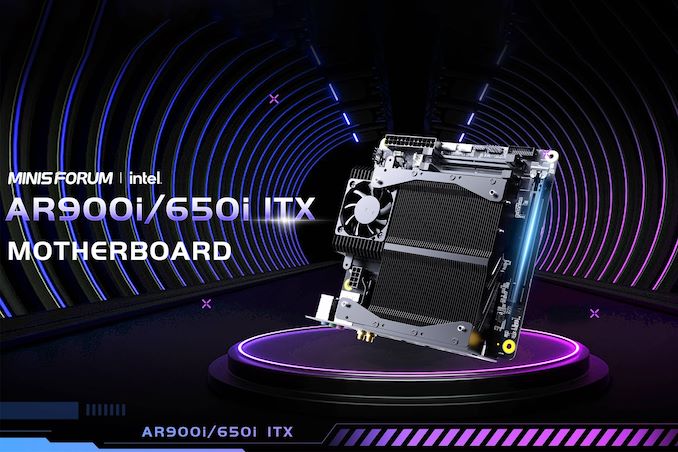
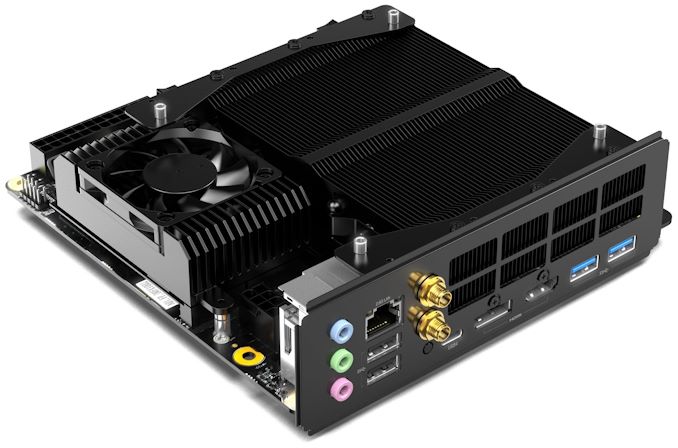
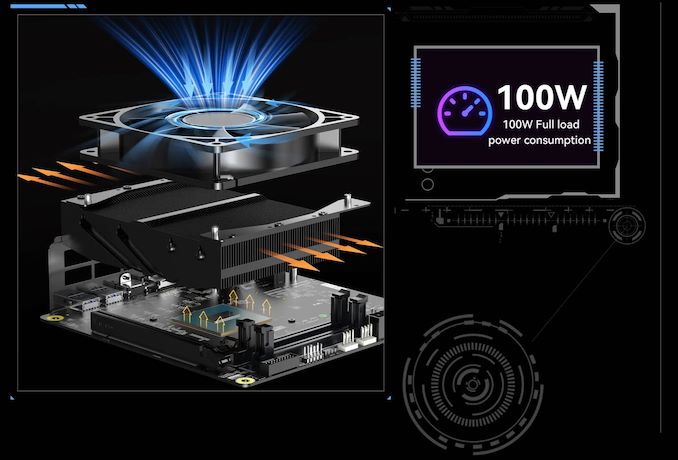

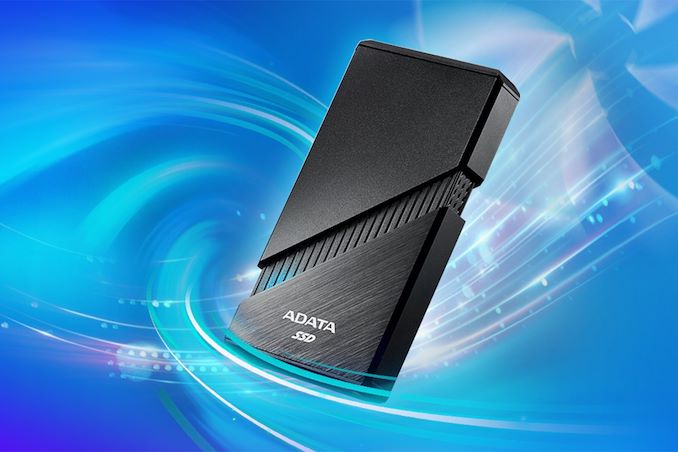
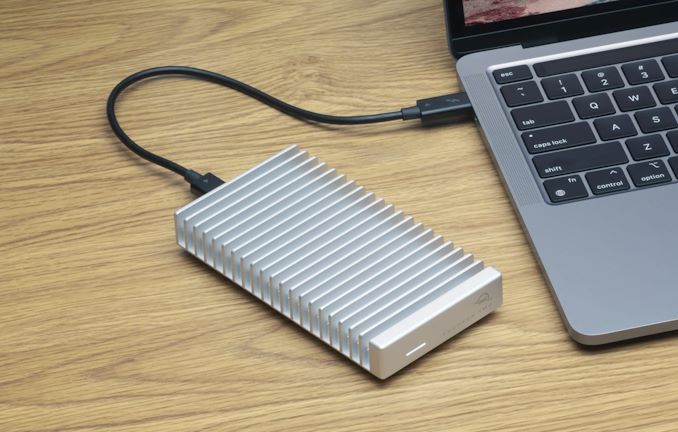

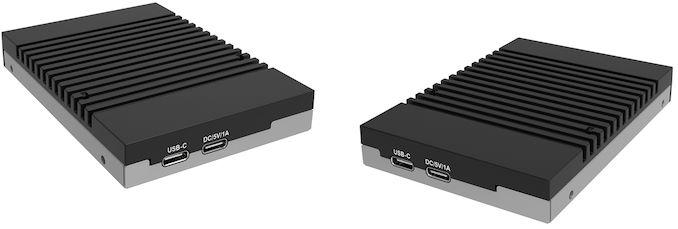
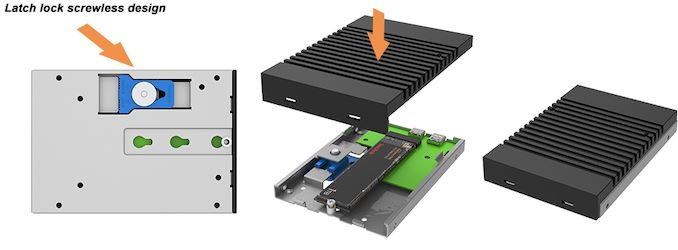
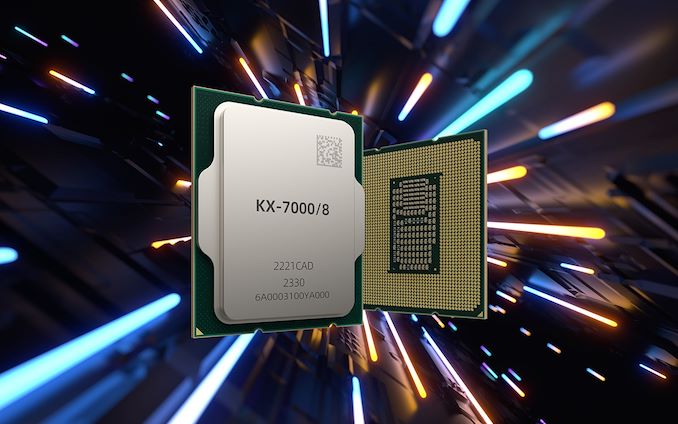
















Bookmarks